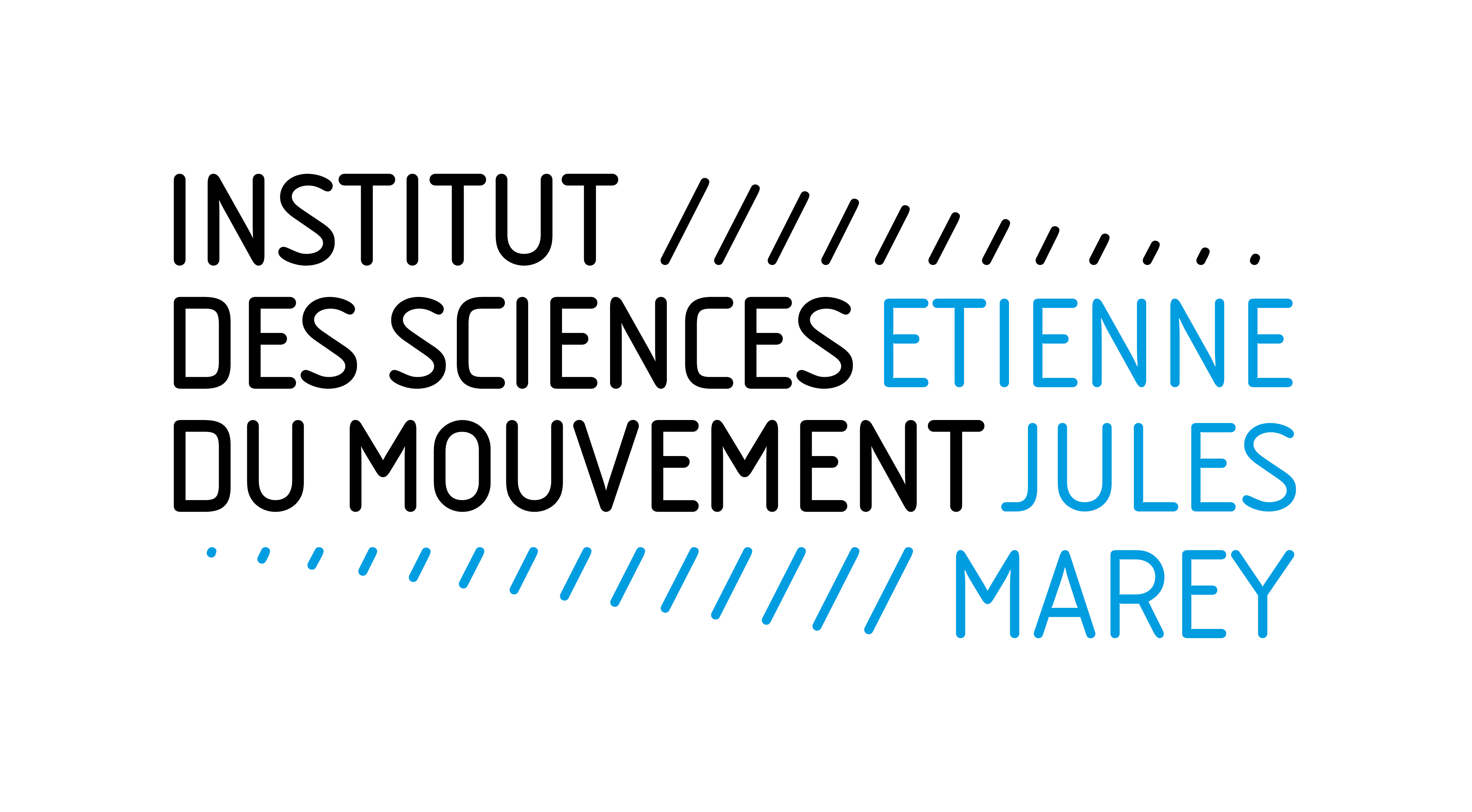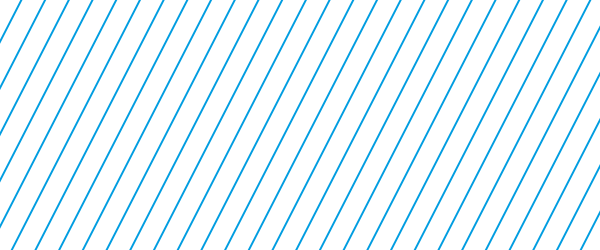Séminaire ISM du jeudi 10 avril 2025
de 13 à 14h en salle des thèses FSS
par le Dr Christophe Boulay (Service de chirurgie orthopédique pédiatrique - Timone, Equipe DynamiCC ISM), invité par O Coq
Titre complet: Retour d'expérience d'explorations neuro-orthopédiques (cliniques, radiologiques, EMG dynamique, toxine botulique, vibrations) chez l'enfant atteint d'une hémiparésie par paralysie cérébrale
Abstract:
Focal vibration therapy (FVT) is increasingly used in the treatment
of spastic paresis. In adults, it has been shown to reduce spasticity and to
increase torque production from the vibrated muscles by restoring reciprocal
inhibition of antagonists, thereby improving overall gait. In children with
spastic cerebral palsy (CP), FVT has also been suggested to reduce spasticity,
increase torque production and improve gait function, but evidence is limited.
We report the case of a child with unilateral spastic CP (USCP) and
equinus gait (GFMCS II level) with (i) ankle dorsiflexor paresis, (ii) ankle plantar
flexor overactivity, especially in gastrosoleus complex and peroneus longus, (iii)
spastic myopathy, affecting gastrosoleus complex in particular, and (iv) calf
pain seemingly related to muscle overactivity. The child was treated with a
two-month program of alternating dorsiflexor and plantar flexor focal vibration
therapy (FVT) and botulinum neurotoxin A (BoNT-A) injections into plantar
flexors, alongside conventional physiotherapy.
Clinical evaluations during the two-month program
showed (i) improved walking speed (ii) decreased ankle dorsiflexor paresis and
ankle plantar flexor overactivity, especially spastic co-contraction and
spasticity, (iii) improved passive extensibility in plantar flexors, and (iv) reduced
pain. This is the first report of the combination of FVT and BoNT-A injections
having promising effects on equinus gait in USCP.

